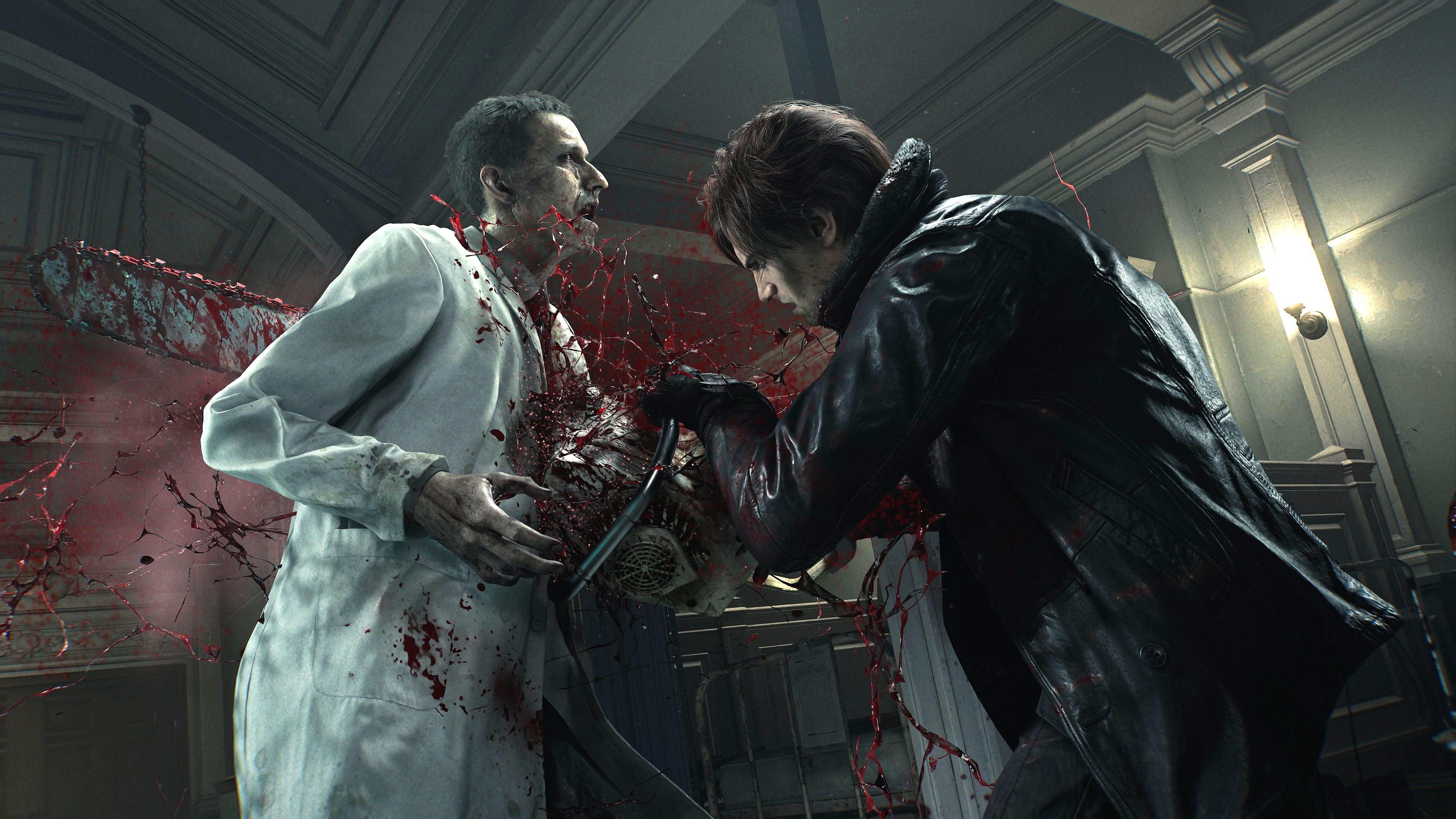Where Bluetooth is headed, and the challenges it must overcome to get there
You may rarely think about the evolution of Bluetooth, but it's marching towards a potentially fascinating future.
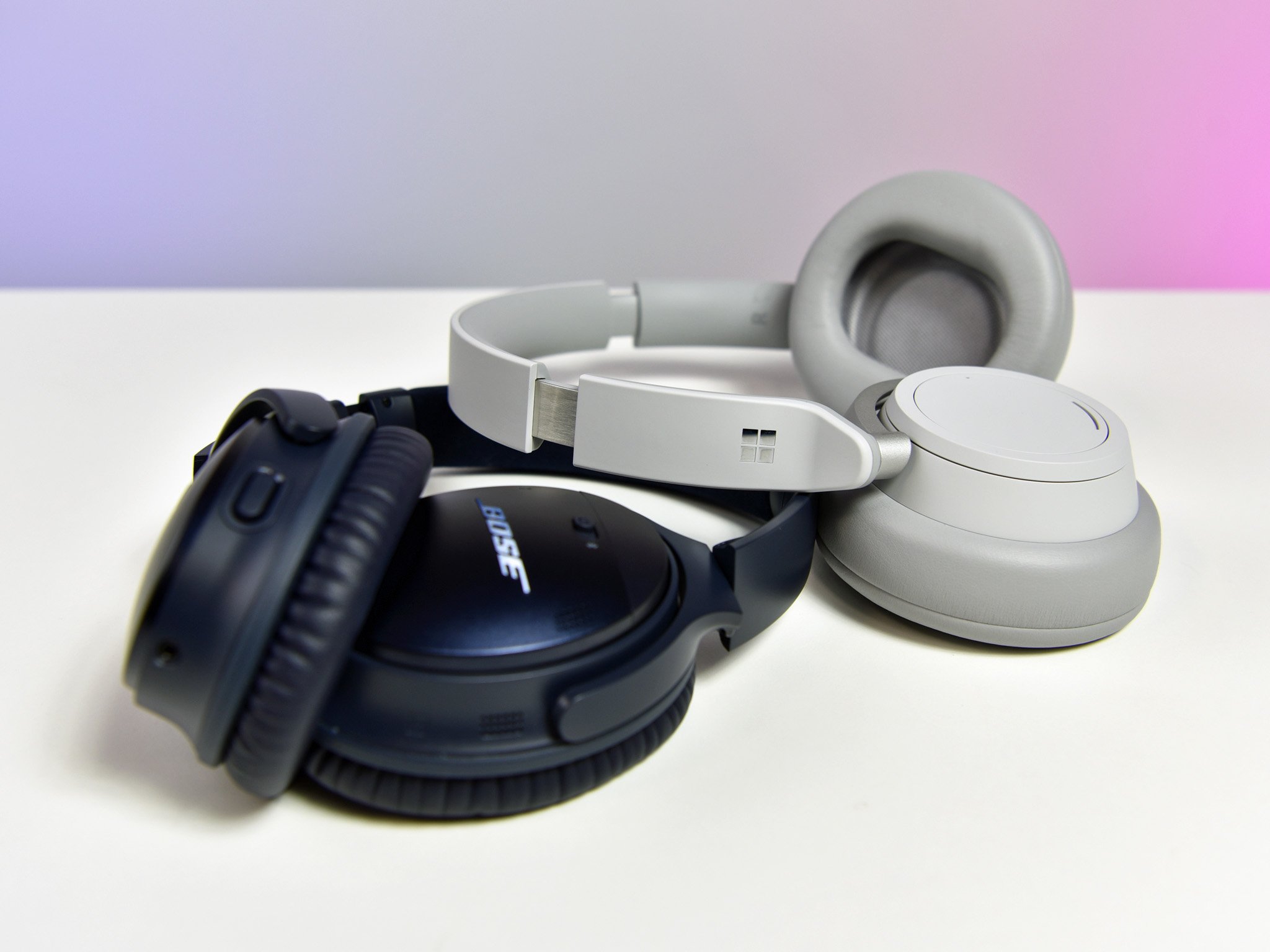
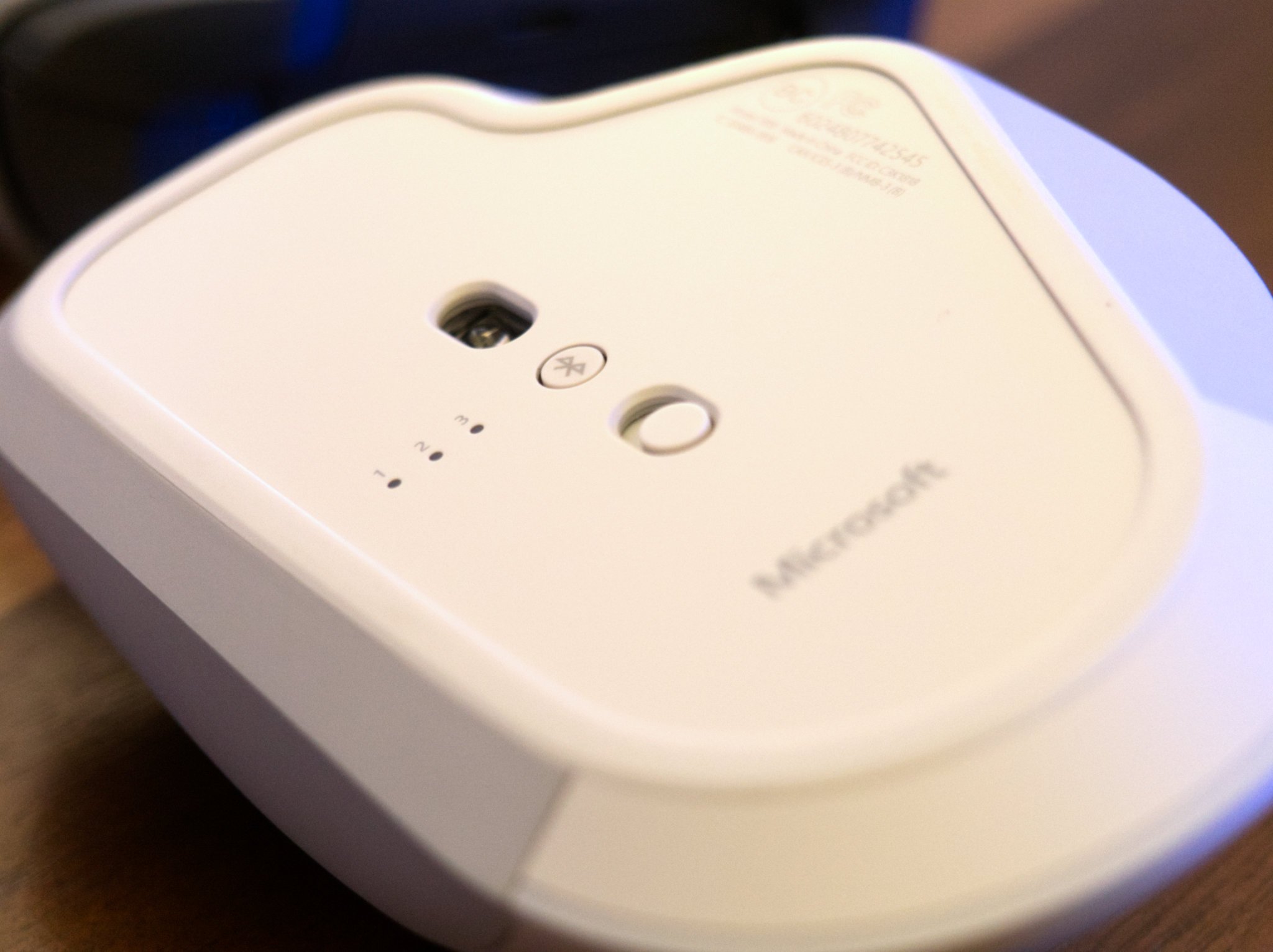
Bluetooth touches nearly every form and variety of electronics we interact with daily. There are the obvious things, like your phone, smartwatch, and wireless headphones. Thanks to the proliferation of the Internet of Things (IoT) devices, it's also seen in many less obvious gadgets, ranging from the lights above your head to that fancy meat thermometer in your kitchen.

Despite that ubiquity, Bluetooth is rarely something we, as consumers, give a second thought. It's just there. But behind the scenes, Bluetooth has been on a slow, and occasionally rocky, march forward, helping to push a lot of the tech and innovation we now take for granted into existence (even if some of it is, well, regrettable).
Going forward, Bluetooth will likely continue that tradition of iterative change, but there are also some potentially fascinating improvements and challenges in store for the protocol.
Bluetooth's past: An evolution 'in fits and starts'

The history of Bluetooth releases isn't a smooth one. "It's evolved in fits and starts," says Bill Ray, a senior research director for Gartner. "Bluetooth has tried to encompass everything that was asked of it, and it has failed on several occasions."
Bluetooth has its origins in 1998 when the Bluetooth Special Interest Group (SIG) was formed. A year later, the group released the first version of the specification, which was nothing like the Bluetooth we have today. It was extremely slow, and it was primarily developed for conducting voice calls over wireless headsets.
Ray refers to this 1.0 release and several of its successors as "Bluetooth classic," laying down a marker before Bluetooth Low Energy (BLE), which allows for more efficient connections between devices. It's in these years, spanning from 1999 through 2009, where we sse some examples of these "fits and starts."
When we look at Bluetooth, it's not a smooth evolution from where we were to where we are.
One example Ray points to is an Ultra-Wideband (UWB) networking protocol for Bluetooth, which ultimately never caught on but would have allowed for very precise location-tracking applications. Another proposed effort, a Bluetooth solution to "negotiate" Wi-Fi direct connections, also never happened.
All the latest news, reviews, and guides for Windows and Xbox diehards.
Outside of these efforts, Bluetooth faced various privacy concerns over the years. Version 4.2 would go a long way towards securing things with the requirement that people give explicit permission before their devices could be tracked.
There was also the notable clash with 4G, which interfered with Bluetooth signals and vice versa, causing connection issues and excessive battery drain. This was fixed in version 4.1 but was a major pain point at the time.
"When we look at Bluetooth, it's not a smooth evolution from where we were to where we are," Ray says. "It's a series of forks going off-road, lots of which didn't make it."
All the while, however, each successive specification update came with a focus on improving speed and reliability. The latest versions, Bluetooth 5 and 5.1, brought with them even greater bumps to speed and range, at up to 50 Mb/s and 800 feet. Several enhancements geared toward combating Bluetooth's hunger for power have also made houses, businesses, and vehicles full of connected gadgets feasible.
Bluetooth's future: Location, location, location

Because its history is pocked with a mix of successes and false starts, it's easy to imagine Bluetooth expanding in directions most of us wouldn't expect. Pegging down what will stick is the harder part. One area that holds some of the highest potential, however, is extremely precise location tracking.
David Hollander, director of marketing at Bluetooth SIG, points to the potential of Bluetooth direction finding, a feature specified in version 5.1, as an exciting development. Boiled down, the direction-finding updates allow devices to understand the precise position, down to centimeter-level accuracy, of other devices.
That sounds like a boon for something like a Tile tracker. But it's about more than finding your lost keys on a busy morning.
"Imagine a room in a museum where there are multiple exhibits that have associated beacons," Hollander says. "Currently, those point-of-interest applications can let a visitor know about all the exhibits in a room, and then you have to select what you want to learn more about. With direction finding, it'll streamline that whole experience. Museum visitors will be able to simply point their smartphones at an exhibit and get more information on that item."
This idea extends further to other areas, like being guided to your section and seat at a stadium or to the exact loaf of bread you're looking for at a supermarket. Car manufacturers may decide to get in on the action as well, using smartphones to replace keys. "Direction finding will really help that key-less entry experience, and they can be even more accurate and more secure," Hollander says.
Evolving audio users, and a potential Trojan Horse for your TV
As its foundation, audio is the space where Bluetooth continues to dominate. But it's also one of those areas that can be divisive for anyone who has used a Bluetooth speaker or headphones. This often comes down to audio quality, though there are other pain points as well, such as battery life.
A significant reason for this is the chaos of codecs, Ray says. Because Bluetooth doesn't specify a codec, you can have a high-quality speaker paired to an expensive phone and still experience terrible audio quality because the speaker doesn't support particular codecs. On the opposite end, a really cheap phone may sound great with that speaker because both devices happen to support the same codec.
Bluetooth will solve this in the future by specifying a high quality, standard audio codec as a minimum requirement to be built into the hardware, Ray says. "That has a couple of implications because that means, not only do we have better quality and more compatibility, but also, if every device has that codec in, then it's worthwhile putting that codec into hardware." And because hardware integration is always more efficient than handling things in software, this will have the add-on effect of increasing battery life, according to Ray.
This kind of tech has the potential to improve the quality of life for people with hearing loss.
Another major area Bluetooth will make gains is with a broadcast protocol that can send audio to more than one speaker at the same time. Apple has already done this with its AirPods by extending the standard, but it will become a part of the base Bluetooth standard in the future. That will likely solve any synchronization issues you may experience while also, once again, extending battery life by getting rid of inefficiencies in the standard.
Hollander sees the broadcast protocol as a chance for people to "tune-in to the world" around them, not only for the public at large but for people with hearing disabilities, too. He imagines scenarios in which you can quickly and easily tune-in to a silent TV at an airport or gym, with the audio directly transmitting to your earbuds. But that could also extend to cinema experiences and lecture halls, where audio could be sent in both a person's native language or multiple languages.
"We really believe that this kind of tech has the potential to not only improve the quality of life for people with hearing loss but really change the way we connect with each other and the world around us," Hollander says.

Where the broadcast protocol becomes very interesting is in its implications for TV. "If you're broadcasting to two speakers, you can also broadcast to five," Ray says. "So if you have a TV with Bluetooth, and you want surround sound, you can now broadcast across all of your speakers at the same time using a single Bluetooth connection."
That would be a big coup, according to Ray, who says Bluetooth has been trying to get into TVs for decades. In a market with notoriously thin profit margins, manufacturers haven't, so far, been wooed to eat the cost of putting Bluetooth in TVs on a large scale. If those transmitters make their way into a significant portion of the TV market because surround sound over Bluetooth proves attractive enough, Ray says, it could prove to be a Trojan Horse for Bluetooth remote controls, connecting your phone to your TV, and all sorts of other things.
Competition and growth

It's easy to see Bluetooth as the answer to all problems if you're invested in its success. There are undoubtedly significant opportunities for Bluetooth's growth, but it doesn't exist in a vacuum. Some potential competitors are also interested in certain applications, and they're not from small companies.
The main juggernauts with potential to challenge Bluetooth, according to Ray, are efforts from Apple and Amazon, and they're both set to compete on location tracking. For Amazon, that's in the form of Amazon Sidewalk, which aims to connect different IoT devices over a "long-range, low-bandwidth network." We're talking across neighborhoods and beyond, not just within individual homes.
If it works as Amazon says, Sidewalk has broad implications for keeping your smart devices connected to a network, even in dead spots for Wi-Fi and Bluetooth. There are privacy concerns, but it's the location-tracking potential that's especially interesting, and Amazon has already teased a novel application: finding your lost dog.
A wearable like Fetch, which fits on your dog's collar, could take advantage of this sort of broad, crowd-sourced location tracking, helping you locate your dog if it wanders off. "If Amazon opens up Sidewalk — which I think they will — now my dog's got this little transmitter on," Ray says. "As long as it's within two or three miles of an Amazon Dot or Amazon Echo, then I can get a GPS location on that."
For Apple's part, there's the new U1 Ultra-wideband chip featured in the iPhone 11. Apple positioned the chip as a way for U1-equipped devices to be spatially aware of one another, allowing you to do things like point your iPhone at another Apple device to tell AirDrop to prioritize it for file transfers. There's also evidence Apple is working on a Tile-like tracking tag that makes use of the U1.
Ultra-wideband has been around for years, and it's highly precise for tracking things, but it hasn't taken off. However, Ray thinks Apple may have the heft to make it happen — if the company opens it up. "If they decide to really make it open or allow other people to use it, then that's a potential competitor to Bluetooth for location services."
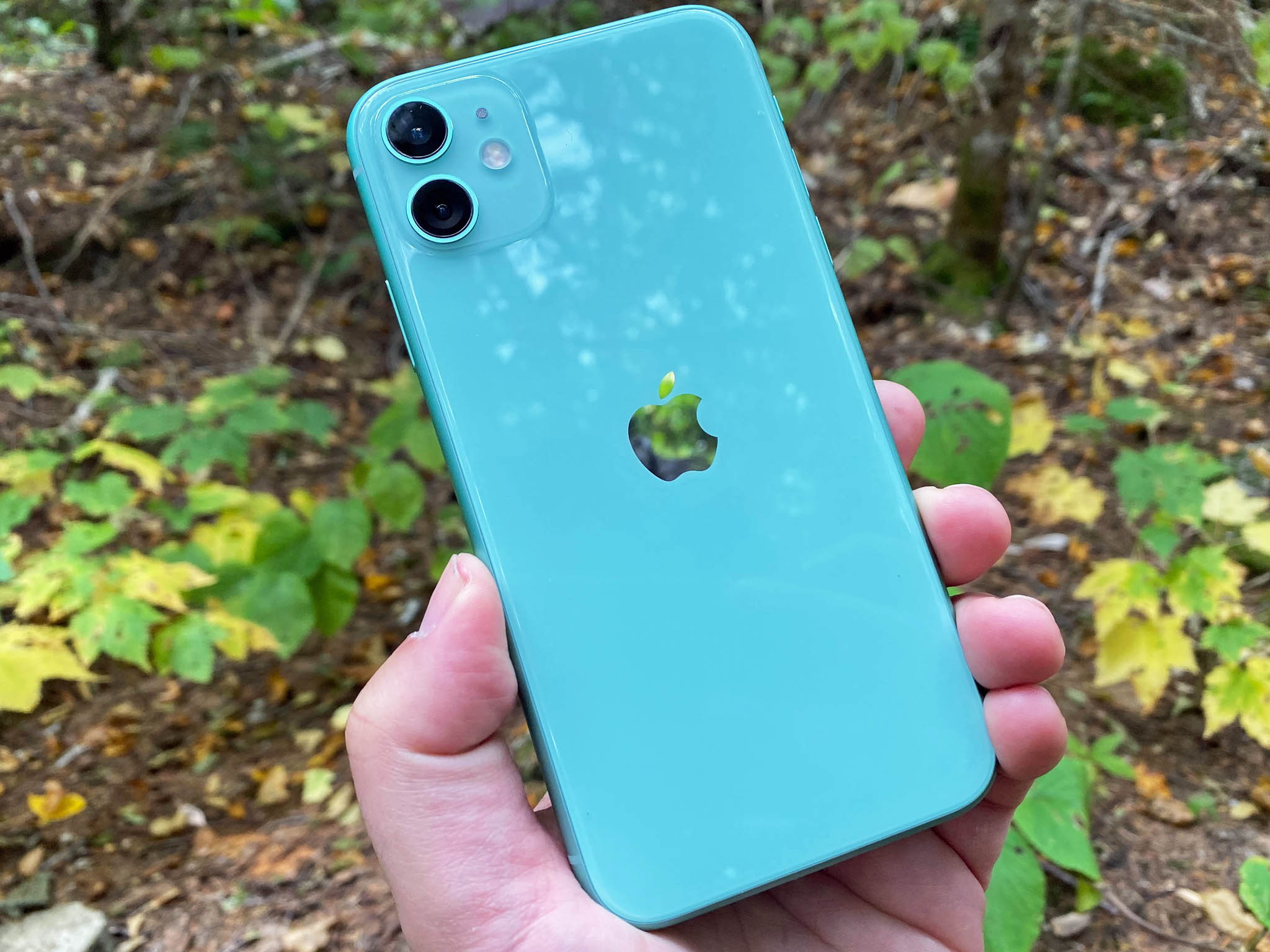
Beyond location tracking, Bluetooth has to compete with its own reputation. "Because the use cases that we're most known for and people associate [us] with are certainly short-range use cases with those requirements in mind, we're having to kind of re-educate markets around the capabilities that extend well beyond those," said Hollander.
Ray agrees that Bluetooth's reputation is one of its barriers, but for another set of reasons. "It does have a reputation as a consumer brand, particularly in the U.S., where you think of it as pretty cheap boombox speakers [that] aren't very high quality." he said. "That reputation, I think, is a significant problem for Bluetooth, particularly as it goes into industrial and enterprise settings, where it's being used for mission-critical manufacturing, lighting control, and things like that."
There's a lot of interesting things going on in enterprise related to Bluetooth.
It's those industrial and enterprise settings that will be increasingly important to Bluetooth's growth in the coming years, Gartner projects. For a lot of that market in the U.S., where electricity is relatively expensive, that's largely down to the potential of smart lighting's ability to cut costs. "If you can dim the lights when nobody is in [a particular] aisle at the supermarket, you've got very clear cost savings," Ray says. "You can say, 'OK, that's going to save me $2 billion a year, and therefore I can spend $1.5 billion putting this in, and that's my return on investment.'"
Other areas, like factory automation and presence detection to quickly see how busy your company is at any given point in time, are also growth points, according to Ray. "There's a lot of interesting things going on [in the enterprise]; lots of interesting applications."
The future is blue
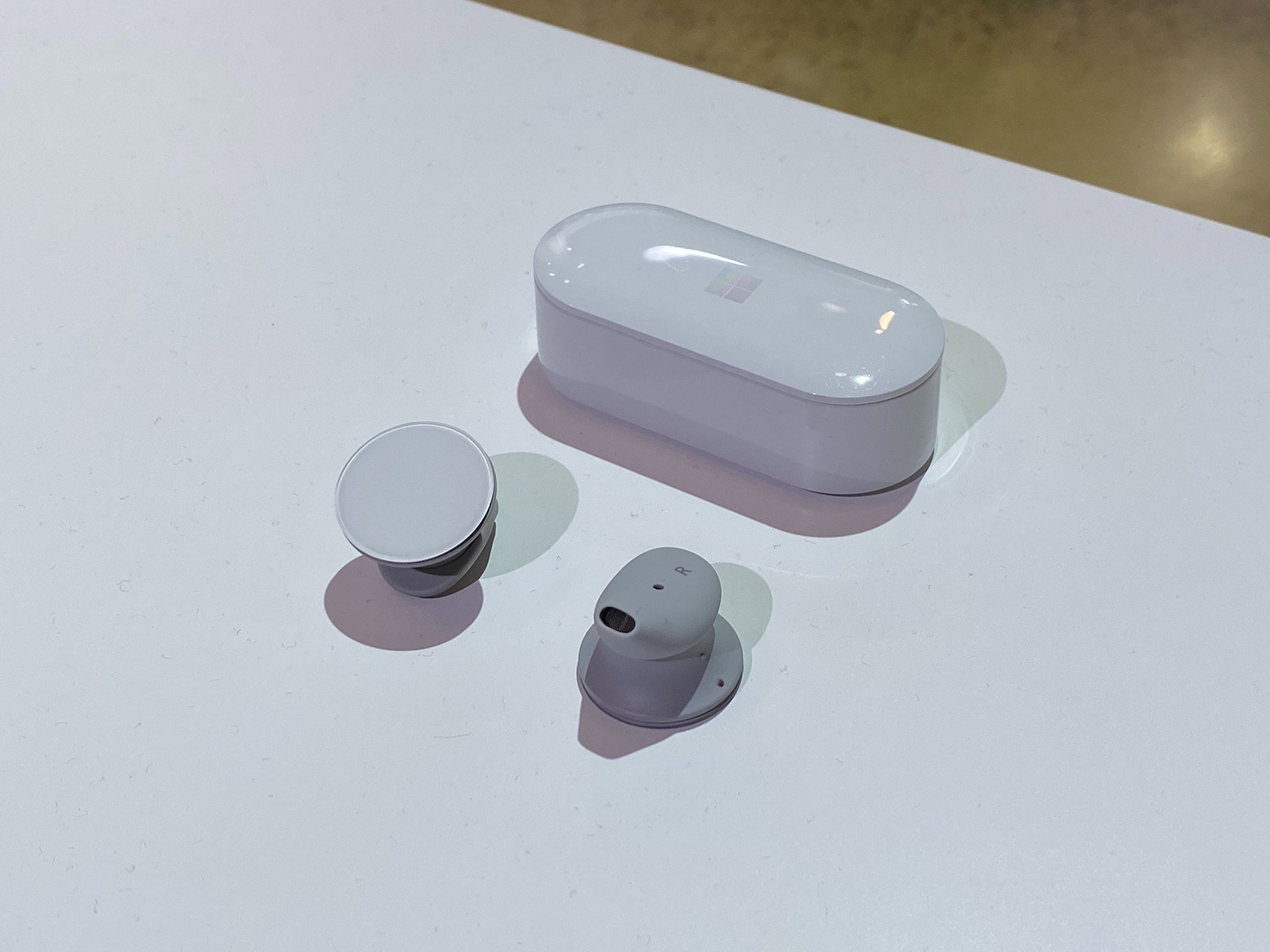
If there's anything clear-cut about all of this, it's that Bluetooth isn't going anywhere. We may see "Bluetooth classic" fall to the wayside as the more power-efficient BLE continues to take its place, and legacy applications disappear. Likewise, we'll see competitors pop up to challenge Bluetooth on certain fronts, and some, like Amazon Sidewalk, might make headway.
However, Bluetooth has lasted 20 years because of its ability to change and adapt to what's asked of it. Some of that, Ray points out, has come about as a result of copying what competitors do, but in its own way. And that's a smart strategy that has helped it thrive this long and will likely continue into the future.
"By listening to what the competition does well, they've made Bluetooth better than the competition," Rays says. "And that's been the evolution of the standard, and it's been very successful."

All 20 stories from our 2019 Spotlight on Bluetooth package, all in one place. Whether it's a spot of Bluetooth history, a bit of humor or wireless memery, or some thoughtful analysis on the future of the short-range tech, you'll find it right here, courtesy of the folks at Android Central, iMore and Windows Central.
General Bluetooth
- Introduction to our 2019 Spotlight on Bluetooth
- Where did the Bluetooth name and logo come from?
- A history of all the major Bluetooth releases and updates
- Where Bluetooth is headed, and the challenges it must overcome to get there
- Bluetooth 5: Is it actually better, and do you need it?
- Why Bluetooth is so great (and so terrible): A story told via memes
- Why the Bluetooth in your car sucks (and always will)
- 12 weird Bluetooth gadgets the Mobile Nations team uses every day
Windows
- 5 major Bluetooth milestones at Microsoft
- How to master Bluetooth on Windows 10
- Why Xbox One (still) doesn't use Bluetooth
- Why wireless gaming mice still use RF receivers instead of Bluetooth
- Windows Central staff's favorite Bluetooth gadgets right now
Android
- A closer look at Google's Fast Pair technology and how it builds on Bluetooth
- Top tips for getting your Android devices to play nicely with Bluetooth
- Yes, Bluetooth sucks, but it was good enough to kill the headphone jack on phones
Apple and iOS
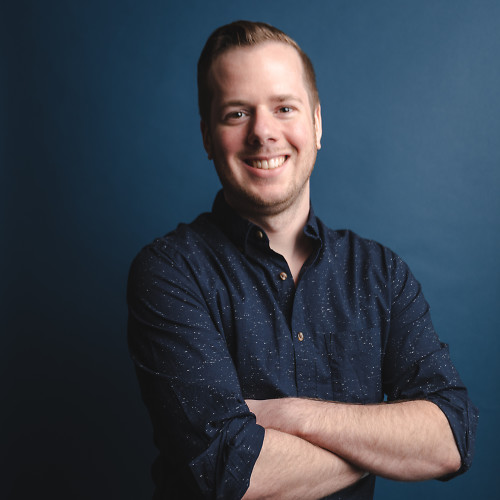
Dan Thorp-Lancaster is the former Editor-in-Chief of Windows Central. He began working with Windows Central, Android Central, and iMore as a news writer in 2014 and is obsessed with tech of all sorts. You can follow Dan on Twitter @DthorpL and Instagram @heyitsdtl.
